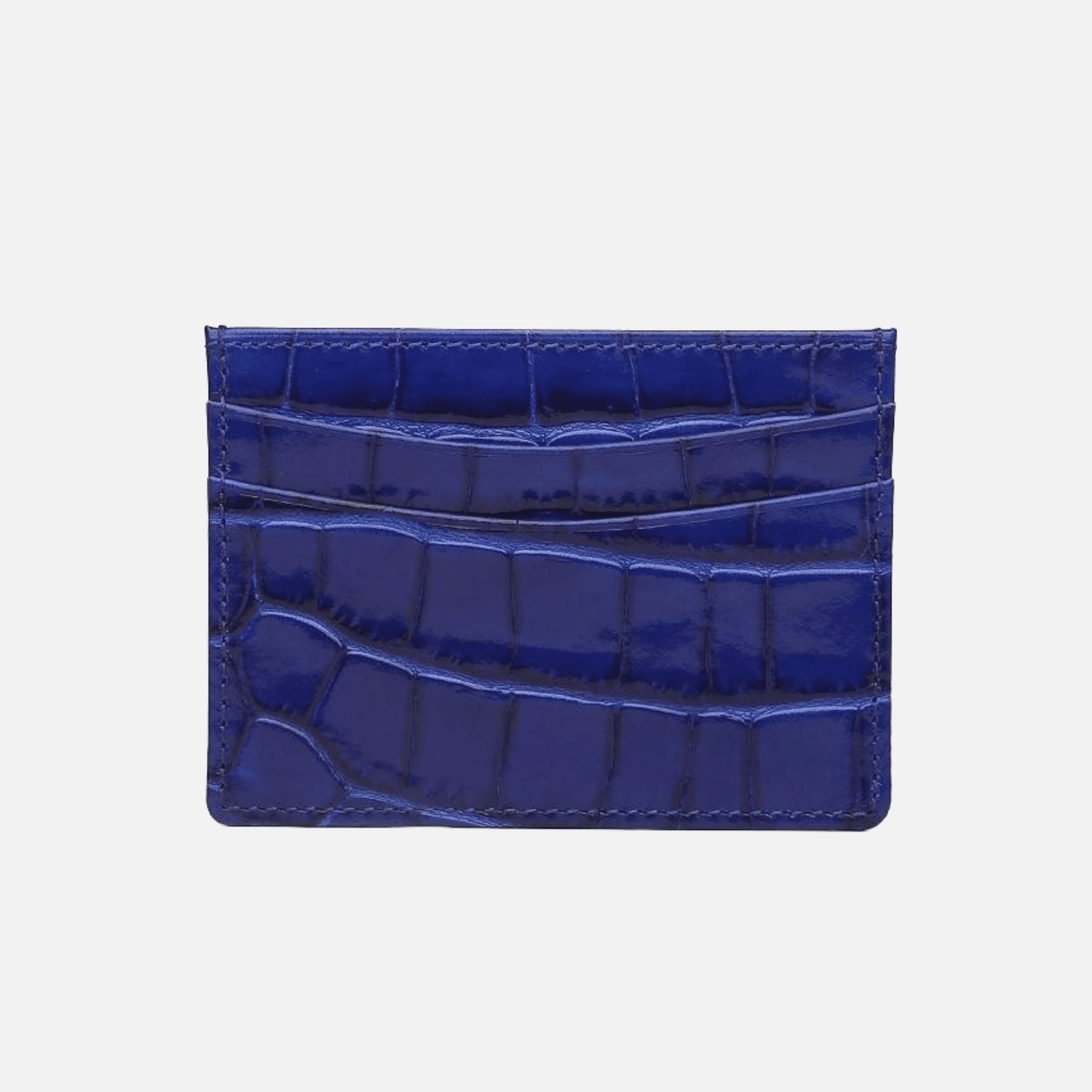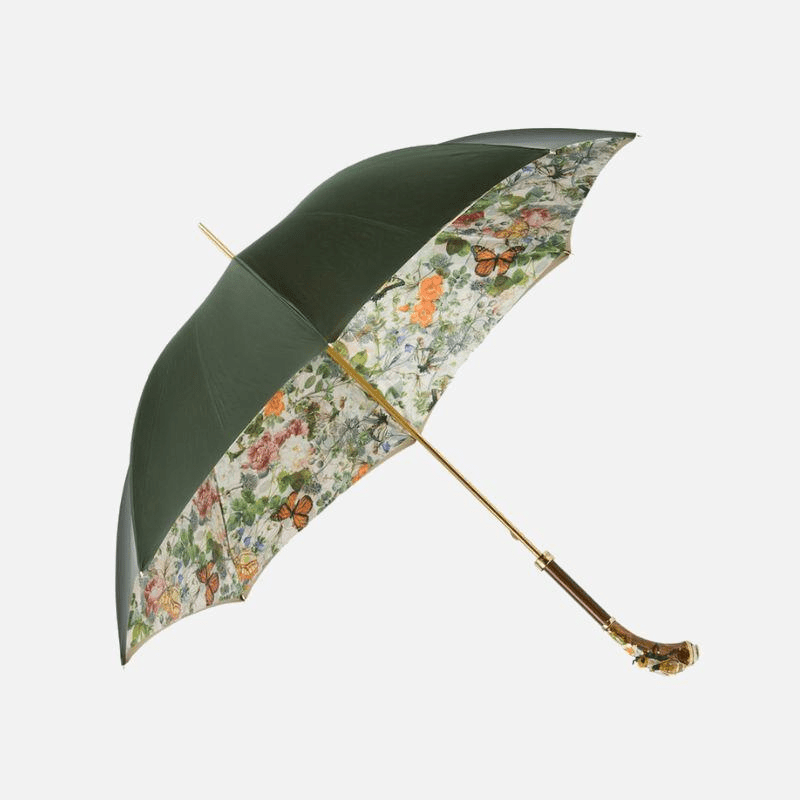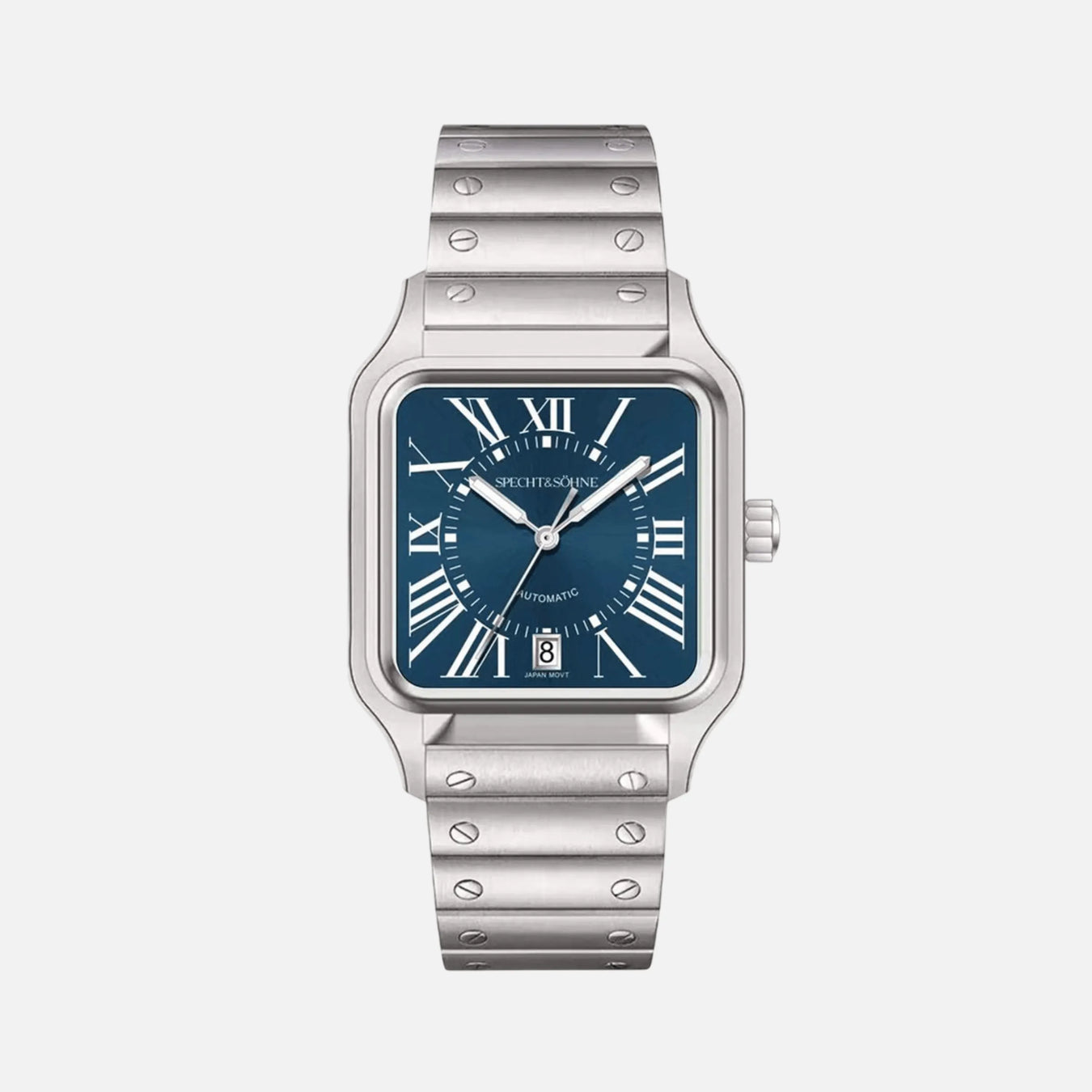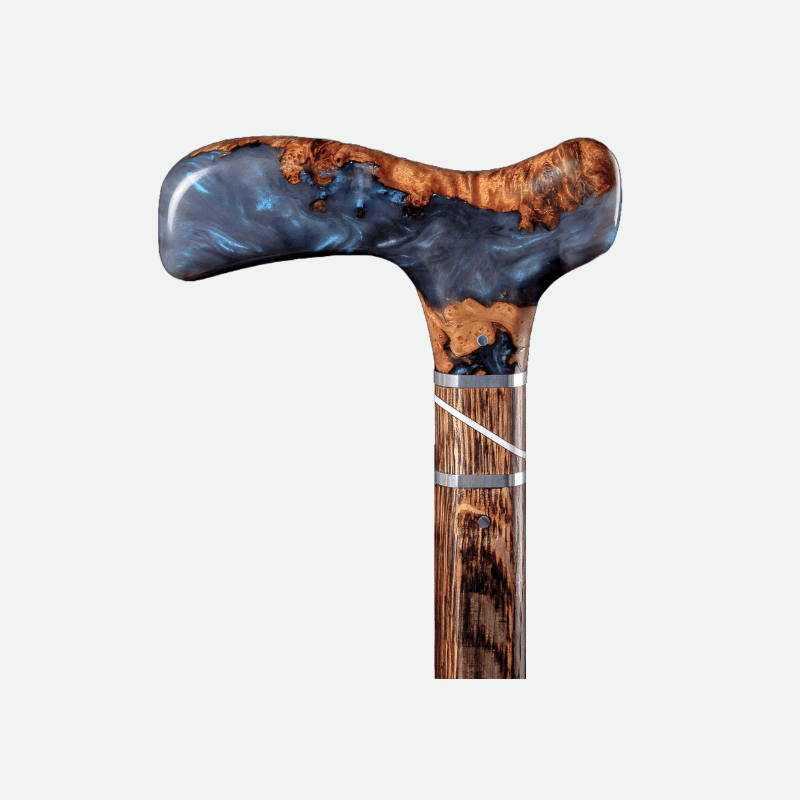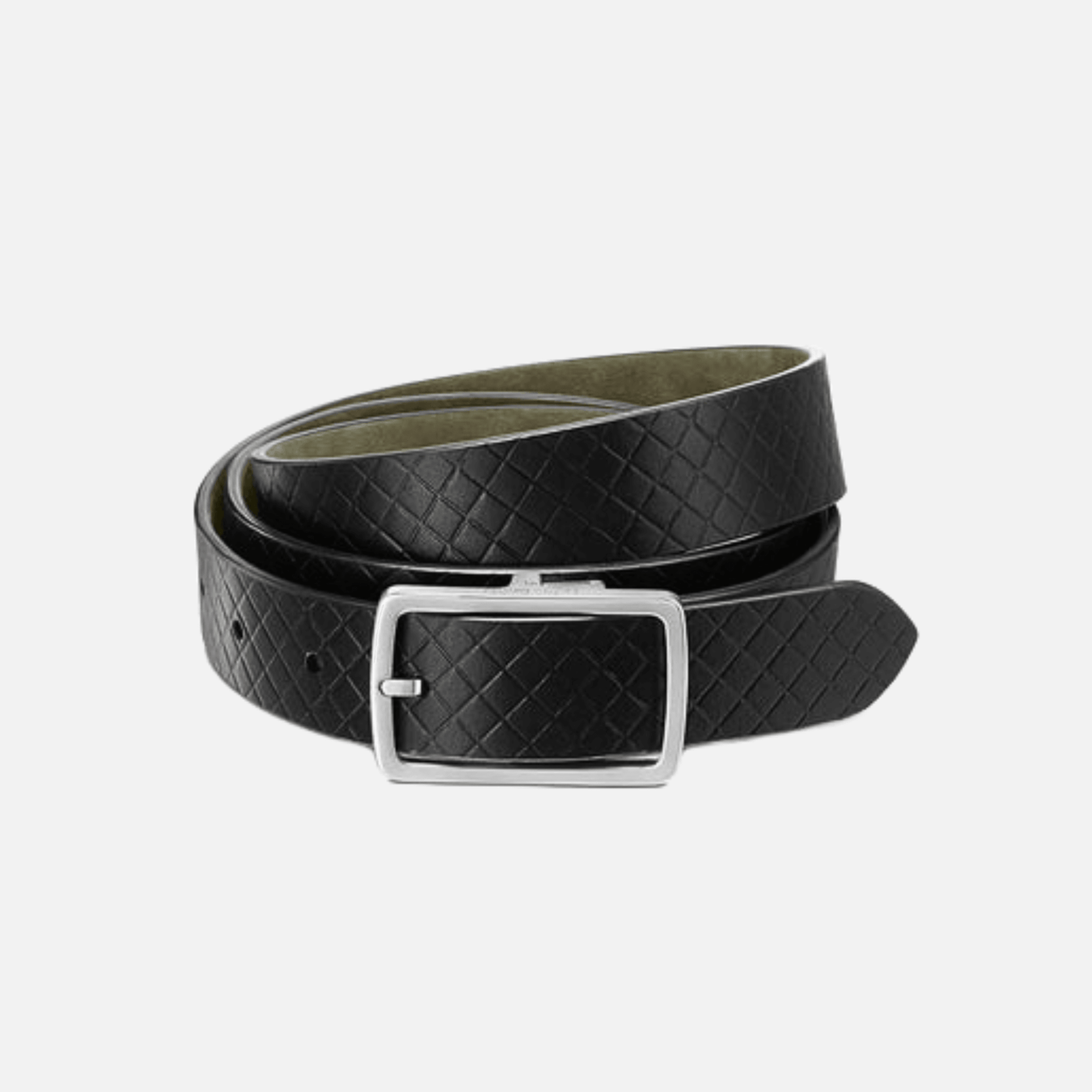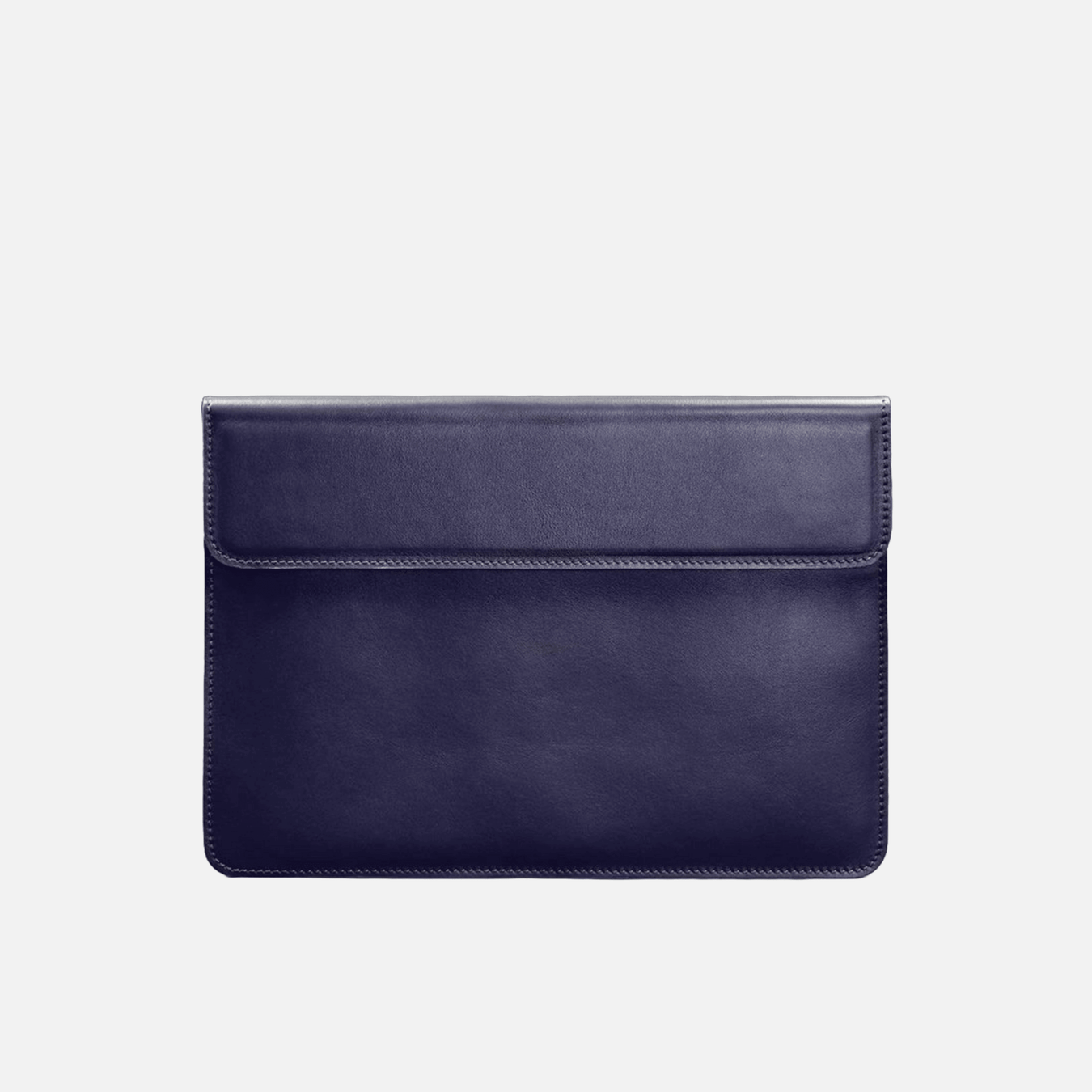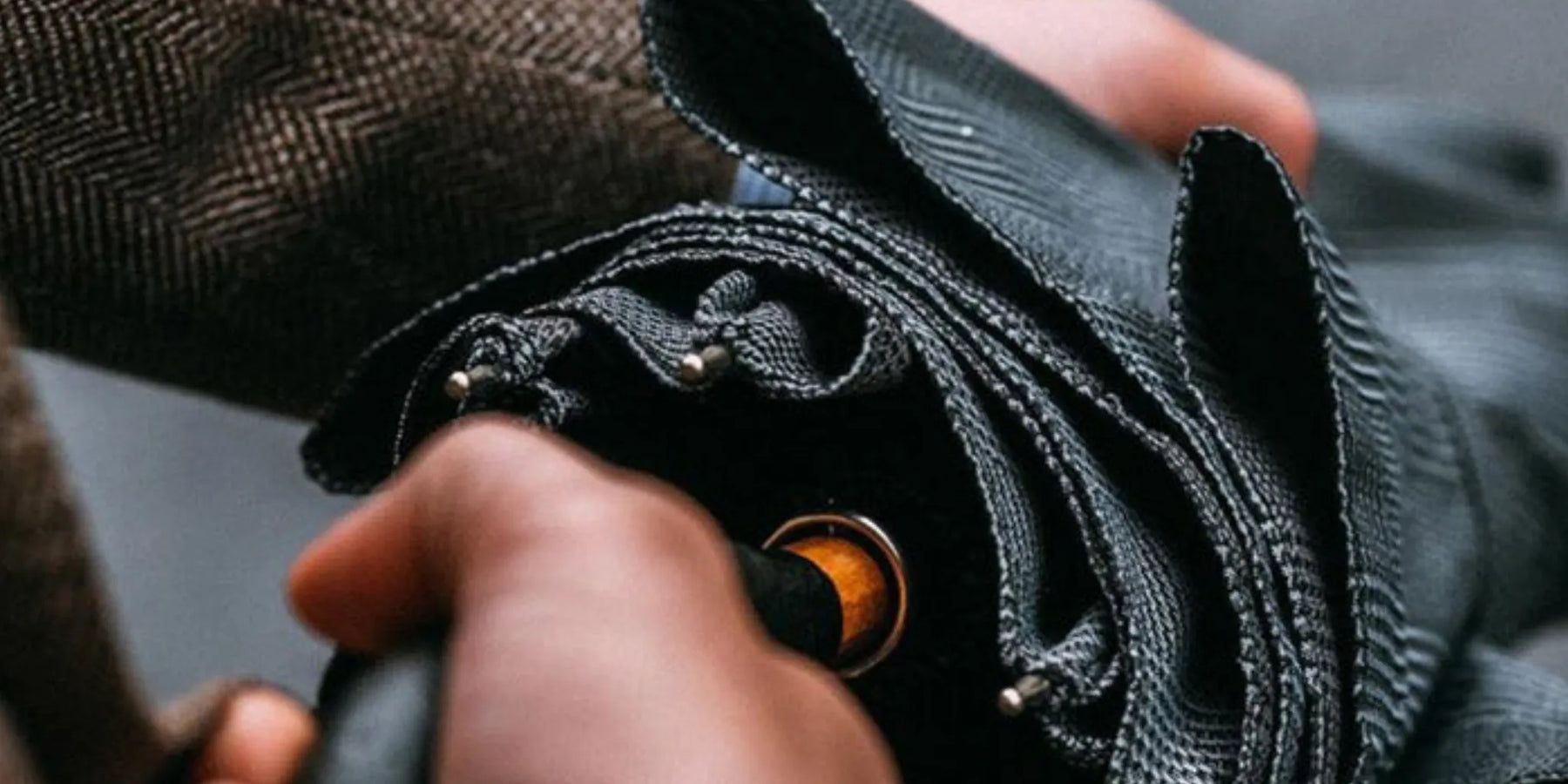
How to Choose the Perfect Folding Umbrella Design?
A folding umbrella is more than just a practical accessory—it’s a blend of style, functionality, and durability. Whether you're looking for an everyday essential or a refined statement piece, choosing the right design ensures you stay protected while complementing your personal style. Here’s a guide to selecting the perfect folding umbrella.
How to Choose the Perfect Folding Umbrella Design?
1. Consider the Size and Portability
One of the main advantages of a folding umbrella is its compact size. However, different models vary in dimensions:
- Mini Folding Umbrellas – Lightweight and small enough to fit in a handbag or pocket, ideal for travel and daily use.
- Standard Folding Umbrellas – A balance between compactness and canopy coverage, offering better protection from the rain while remaining portable.
- Large Canopy Folding Umbrellas – Designed for maximum coverage, often with reinforced frames to withstand strong winds.
Choose a size that aligns with your needs—whether it’s for everyday commuting or occasional use in unpredictable weather.
2. Assess the Frame and Durability
A high-quality umbrella must be strong enough to handle wind and rain. Look for:
- Fiberglass or Aluminum Frames – Lightweight and rust-resistant, ideal for everyday use.
- Reinforced Ribs – Ensure the umbrella doesn’t flip inside out during strong winds.
- Automatic Open & Close Mechanism – A one-touch button system for effortless use, especially when you need quick protection from sudden rain.

3. Choose the Right Canopy Material
The canopy material determines water resistance and durability. Common choices include:
- Polyester Canopy – Durable and dries quickly, making it a popular choice.
- Pongee Fabric – A premium water-repellent material that adds elegance and superior protection.
- Teflon-Coated Canopy – Offers maximum waterproofing and quick-drying properties.
For sun protection, consider an umbrella with UV-resistant coating to shield against harmful rays.
4. Select a Stylish and Functional Design
Your umbrella should reflect your personal style while serving its purpose. Options include:
- Classic Solid Colors – Black, navy, and neutral shades for a timeless and sophisticated look.
- Patterned or Printed Canopies – Stripes, florals, or geometric designs add personality to your accessory.
- Luxury Finishes – Leather-wrapped handles, metallic accents, or monogrammed options for a refined touch.
If you prefer a statement piece, go for bold hues or designer-inspired elements.
5. Handle Comfort and Grip
The handle affects comfort and ease of use. Consider:
- Ergonomic Handles – Designed for a comfortable grip, reducing strain on the wrist.
- Wooden or Leather-Wrapped Handles – Adds a luxurious feel and stylish appeal.
- Rubberized or Non-Slip Handles – Ensures a secure hold, especially in wet conditions.
6. Wind Resistance and Stability
A folding umbrella should withstand strong winds without inverting. Look for:
- Windproof Technology – Vented canopies allow air to pass through, preventing the umbrella from flipping.
- Double-Layer Canopies – Provide extra reinforcement for durability.
7. Ease of Storage and Carrying
Most folding umbrellas come with a protective sleeve for convenient storage. Some also feature:
- Carabiner Clips – Allow easy attachment to a bag.
- Wrist Straps – Offer a secure carrying option.
Conclusion
Choosing the perfect folding umbrella design depends on a balance of practicality, durability, and style. Whether you need a lightweight travel companion or a luxurious statement piece, consider size, frame strength, canopy material, and design details to find an umbrella that suits your needs and enhances your everyday carry.

